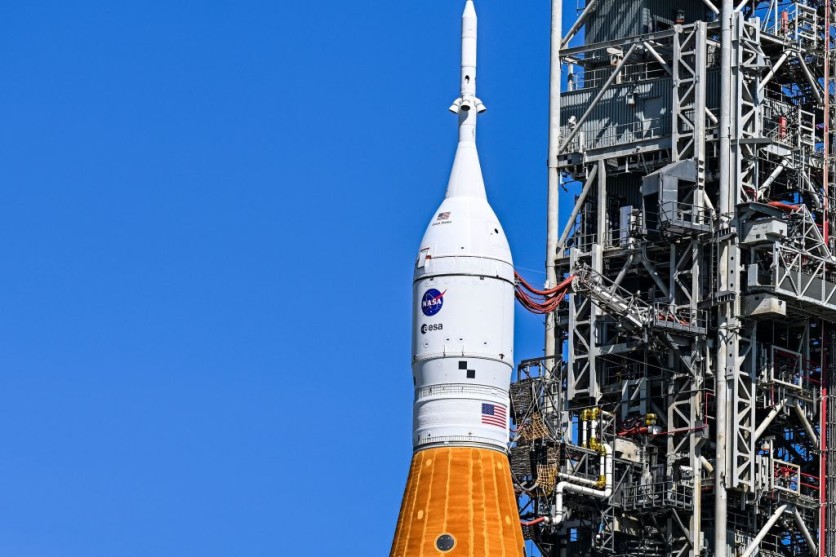The excitement is as high as the moon!
This weekend, a crowd the size of an American city might gather to watch NASA's Artemis 1 moon rocket take off, as reported first by Space.com.

Second Shot to the Moon
The eagerly awaited Artemis 1 was scheduled to launch on Monday, Aug. 29, from the Kennedy Space Center in Florida, but during the countdown, a problem with one of the four RS-25 engines in the SLS's core stage forced the Artemis 1 team to abort the mission.
The mission team believes that the issue involving a defective temperature sensor is minor and has decided to move forward with a second attempt at liftoff on Saturday, Sept. 3, at 2:17 p.m. EDT (1817 GMT).
County officials claim that the Monday launch attracted 100,000-200,000 visitors to the Space Coast. But because of the engine problem, they could not witness the moon rocket fly toward space.
But the crowd on Saturday may be even more massive, and hopefully, they will be able to watch the launch this time around.
It is worth noting that the launch will take place during the Labor Day weekend, allowing more people to witness the uncrewed launch in person.
Brevard County officials are anticipating a throng of excited watchers, possibly double that of Monday, at 200,000 to 400,000 strong, according to a report published on Thursday by The Orlando Sentinel.
For comparison, 400,000 people roughly equal the population of Tampa or New Orleans. Although there are many spectators for a rocket launch, this isn't just an ordinary mission.
First Lunar Landing in 50 Years
The Space Launch System, a 32-story rocket topped by the Orion spacecraft, will debut with the launch of Artemis 1. The lunar surface will be 62 miles away from the spaceship when it deploys miniature spacecraft for lunar and extraterrestrial exploration.
This also marks the space agency's first lunar landing in 50 years.
The NASA Artemis program seeks to establish a sustained human presence on and around the Moon by the end of the 2020s. Artemis 1 will serve as the program's inaugural mission.
The program has cost about $40 billion since it began in 2017. NASA's major goal will be to establish a sustained presence on the Moon with a space station and a lunar base camp as part of a larger push to prioritize human space flight.
Related Article : NASA's Artemis 1 Moon Mission Will Be Flying With Strange Passengers - Dummies and MORE!
This article is owned by Tech Times
Written by Joaquin Victor Tacla




